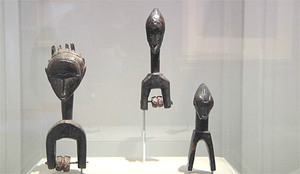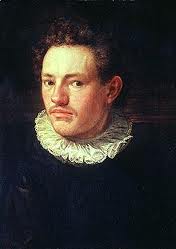 If a publication in the United States were awarding the “exhibition of the year” title, I’d bet the contenders would include the de Kooning exhibit at the Museum of Modern Art, the Alexander McQueen fashion show at the Metropolitan Museum, The Steins Collect at San Francisco MoMA, and … maybe Caravaggio at the Kimbell? The whole of “Pacific Standard Time” in LA?
If a publication in the United States were awarding the “exhibition of the year” title, I’d bet the contenders would include the de Kooning exhibit at the Museum of Modern Art, the Alexander McQueen fashion show at the Metropolitan Museum, The Steins Collect at San Francisco MoMA, and … maybe Caravaggio at the Kimbell? The whole of “Pacific Standard Time” in LA?
Which makes the choice of Apollo Magazine in the U.K. all the more interesting. In its December issue, Apollo named Hans von Aachen: A Court Artist in Europe, which was shown in the Suermondt-Ludwig-Museum in Aachen, at the Castle Museum in Prague and at the Kunsthistorisches Museum in Vienna, as the best. And there is a certain rationale for shining the spotlight on this little-known artist — today — but someone who in his day, had a different reputation. As the story begins, “Hans von Aachen (1552-1615) was famous for being famous.” Hans von Aachen, at right in a self-portait, c. 1574) is a man for our times:
The artist magnified his station by using a new machinery of fame. He disseminated his artistic inventions to an international audience by hiring the best engravers of the day to create superb prints after his paintings. An admired portraitist, Von Aachen also made likenesses of his patrons, associates, and friends so that, by having engravings produced of their effigy, they could trumpet their own renown, as well as that of their portraitist, whose name (included in the engravings) added lustre to theirs, just as theirs illuminated his, until the artist’s illustrious circle blazed in the light of fame.
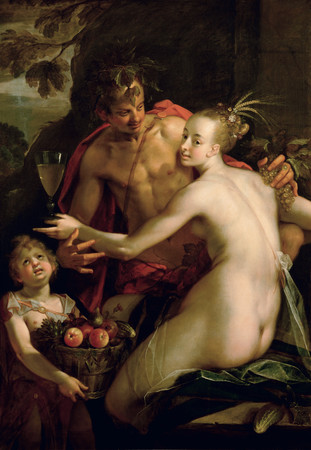 But there’s more to the artist (his Bacchus, Ceres and Amor is at left):
But there’s more to the artist (his Bacchus, Ceres and Amor is at left):
This master’s genre paintings, many of which include a roguish, smiling self-portrait, look forward to Adriaen Brouwer (1605-38), Rembrandt (1606-69) and Jan Steen (1626-79), while his more intimate masterpieces (for example, a portrait probably of his daughter; Fig. 2) are as moving and immediate as comparable works by Rubens.3 The trouble is, because his art varies so dramatically, because, while almost every-thing he left us is excellently made, the whole remains elusive, he has the reputation of a chameleon able to accommodate his manner to the eclectic tastes of his clientele. And for about 500 years now, from Vasari through to Clement Greenberg, eclecticism earns an artist little praise.
…Bringing together more than a hundred of the artist’s works and displaying the full range of his activities (paintings on canvas, panel, copper, slate, and alabaster; drawings for all purposes and from all phases of his career; prints by his principal engravers), the exhibition, ably curated by Thomas Fusenig, may have been Hans von Aachen’s unique moment in the sun, a once-in-a-lifetime summation of the versatility of a major master of his time…
…This memorable exhibition clarified the achievements of a pivotal and overlooked master, expanding his known oeuvre and bringing new scholarship to bear on his achievements. Through the creative use of the three exhibition venues, in Aachen, Prague and Vienna, the show brilliantly revived a forgotten geographical axis of European history. For this and more, the show richly deserves this journal’s annual exhibition award.
Given the Leonardo exhibit at the National Gallery, which is I’d hope likely to be included next year — because it didn’t even make the short list — among so many others, the choice seems eclectic. But it’s defensible. Here’s a link to the whole Apollo article.

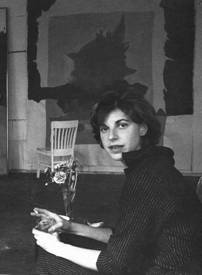 From a
From a 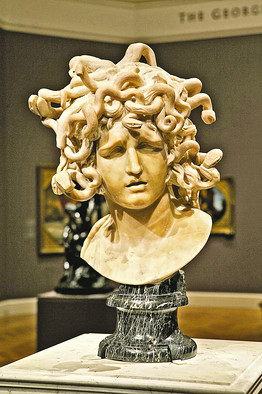 While I was away, the Wall Street Journal published a short
While I was away, the Wall Street Journal published a short 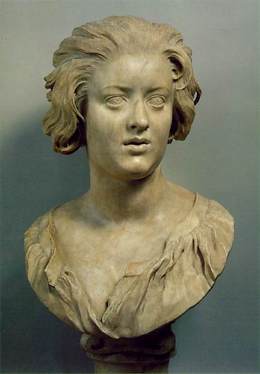
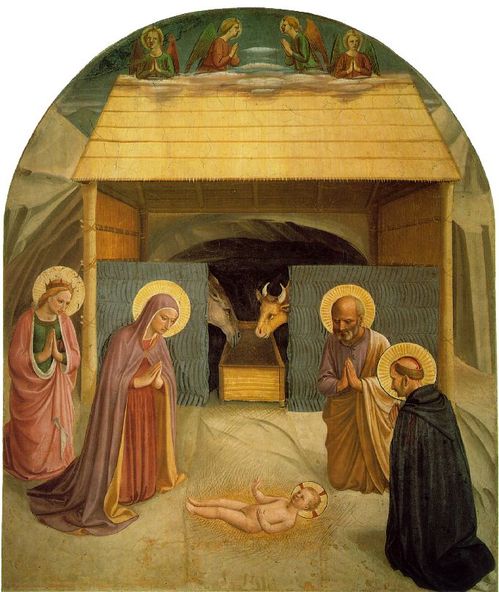
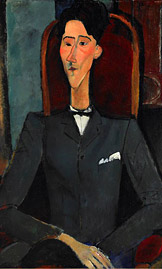 The Princeton University Art Museum is a prime example. James Steward, the director, said two years ago, when he was appointed, that he wanted to rearrange the collection to make it more accessible to more people. Now the reinstallation is complete. I hasten to add that I have not seen it, but I’ve gleaned this information from the Princeton article, in which Steward says:
The Princeton University Art Museum is a prime example. James Steward, the director, said two years ago, when he was appointed, that he wanted to rearrange the collection to make it more accessible to more people. Now the reinstallation is complete. I hasten to add that I have not seen it, but I’ve gleaned this information from the Princeton article, in which Steward says: